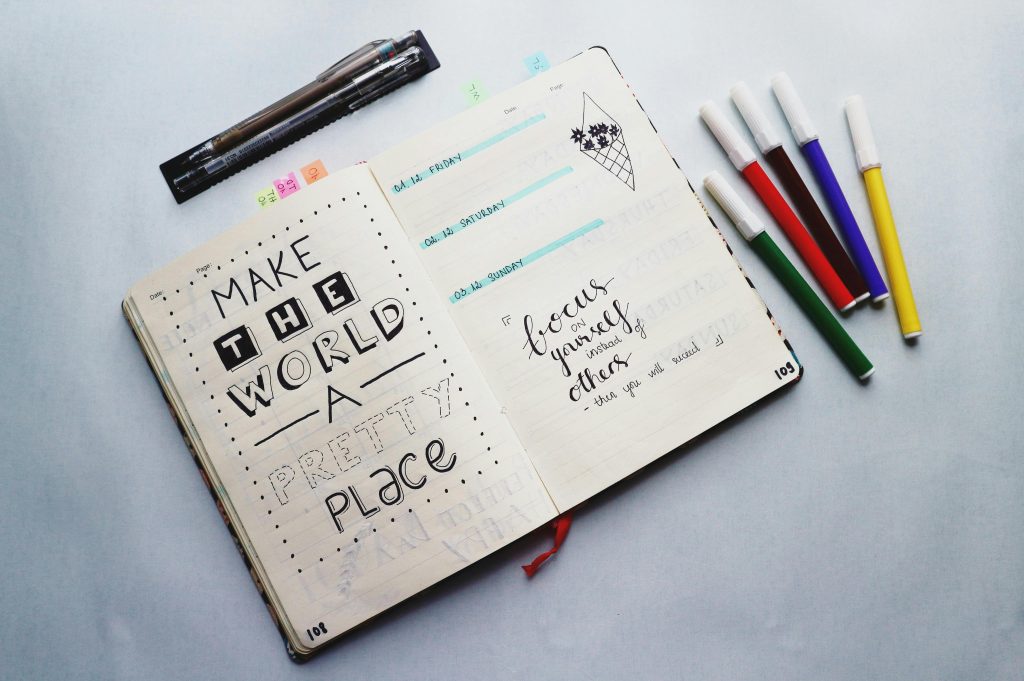Why Old Notes Become New Ideas
Aiden Foster July 22, 2025
Ever feel stuck when brainstorming new ideas? Often, the answer lies not ahead—but behind. Revisiting your past notes can spark fresh insights and fuel creative breakthroughs. In fact, why old notes become new ideas is quickly becoming a recognized trend among productivity experts and knowledge workers—particularly in the rise of tools like Zettelkasten, Roam, and Obsidian.
This article explores the science behind how revisiting old notes can ignite new thinking, shares current trends in knowledge management, and provides a step-by-step guide to turning dusty archives into creative fuel.

The Science Behind Rediscovery
1. Memory Reactivation Drives Creativity
When you re-read an old note, you activate a memory trace—known in neuroscience as an engram. This reactivation primes your brain to make fresh connections, often between ideas you haven’t consciously linked before.
2. Spaced Retrieval Enhances Idea Generation
Research on the forward testing effect shows that retrieving older information improves the encoding of new knowledge. Revisiting notes, therefore, primes the mind for deeper insight.
3. Unconscious Incubation
Psychology experts note that stepping away from an old idea for a while lets your brain resume processing subconsciously. Upon returning, it often shifts perspective and generates richer connections.
Why Old Notes Become New Ideas: A Growing Trend
Zettelkasten and Evergreen Notes
The Zettelkasten method became mainstream when Niklas Luhmann used his system of linked index cards to write hundreds of essays and books. Today, digital tools like Obsidian, Roam, and Notion emphasize dense linking and evergreen notes, turning old fragments into a living idea graph.
Visual Note Networks
Platforms such as MindNode and Constella promote visually connected note systems. Data shows these help identify hidden relationships within existing notes—leading to new idea formation.
Speedwriting as Spaced Retrieval
The speedwriting method—drafting often and revisiting content—uses your existing notes to instantly generate refined ideas, reducing the need for repetition.
Guide: Turning Old Notes into Fresh Ideas
Step 1: Schedule Weekly “Archive Review” Sessions
Set aside 30 minutes each week to browse older notes. Treat these as retrieval cues, turning every note into a potential spark.
Step 2: Tag or Highlight Valuable Notes
When something resonates, tag it with “#idea-seed,” or link it to current projects. This builds bridges between past and present thinking.
Step 3: Make Atomic Summaries
Summarize old notes into concise statements or questions. This process distills the core insight and enables faster recombination—much like how Zettelkasten treats each note.
Step 4: Connect Disparate Ideas
Use internal links to tie related notes together. For example, connect an old concept in philosophy to a recent engineering concept you’ve read. This meta-linking fuels creative synthesis.
Step 5: Use Creative Prompts
Ask yourself:
- “Could this old note solve a current problem?”
- “What happens when I combine this with a new insight?”
- “Is there a modern application for this idea?”
These prompts activate lateral thinking and help old notes feel newly relevant.
Real-World Examples
Academic and Design Research
A ScienceDirect study observed that designers who revisit ideas throughout a long-term project generate more innovative solutions.
Creative Writing
Many writers report that revisiting early drafts—sometimes from years prior—sparks fresh narratives. As one source notes, “Many of my best pieces are a result of revisiting my old work… a continuous process of revising, adding, tweaking”.
Student Learning
The Cornell Notes method encourages periodic review—creating fresh insight and deeper understanding from initial class notes.
Why It Works: Brain Meets Tool
- Active recall boosts memory and primes new ideas.
- Incubation periods between reviews fuel creative associations.
- Networked note systems create a dynamic memory web—enabling you to traverse old ideas and find unexpected gems.
- Atomic formats (short, standalone notes) facilitate recombination and meta-thinking.
Integrating Review into Your Workflow
To consistently turn old notes into new ideas:
- Use tools with backlinking like Obsidian or Roam to organically discover connections.
- Set a monthly “Idea Remix” ritual: select 5 old notes and brainstorm new applications.
- Maintain an Evergreen note index: a living file of revived insight.
- Use templates like a “#daily-archive” page in Notion to gather old note hits.
Conclusion
Revisiting your archive isn’t nostalgia—it’s a creative strategy. That’s why why old notes become new ideas isn’t surprising—it’s a cognitive—and now tech-enabled—reality. Your old notes hold dormant potential. All they need is time, attention, and a nudge to become tomorrow’s innovation.
By building a review habit, re-linking insights, and asking fresh questions, you transform past writing into present breakthroughs. In the world of AI writing assistants and rapid idea churn, leveraging your own history may just give you the edge.
References
- Nature Communications (2023). Concept reinstatement improves creative insight. https://www.nature.com/articles/s41467-023-42367-8
- Applied Cognitive Psychology (2022). Forward testing boosts encoding. https://onlinelibrary.wiley.com/doi/full/10.1002/acp.3965
- APA Monitor (2022). Creativity and incubation. https://www.apa.org/monitor/2022/04/cover-science-creativity
- DEVONtechnologies forum (2023). Zettelkasten and digital note links. https://discourse.devontechnologies.com/t/zettelkasten-roam-obsidian-remnote-notion-and-co/62144








